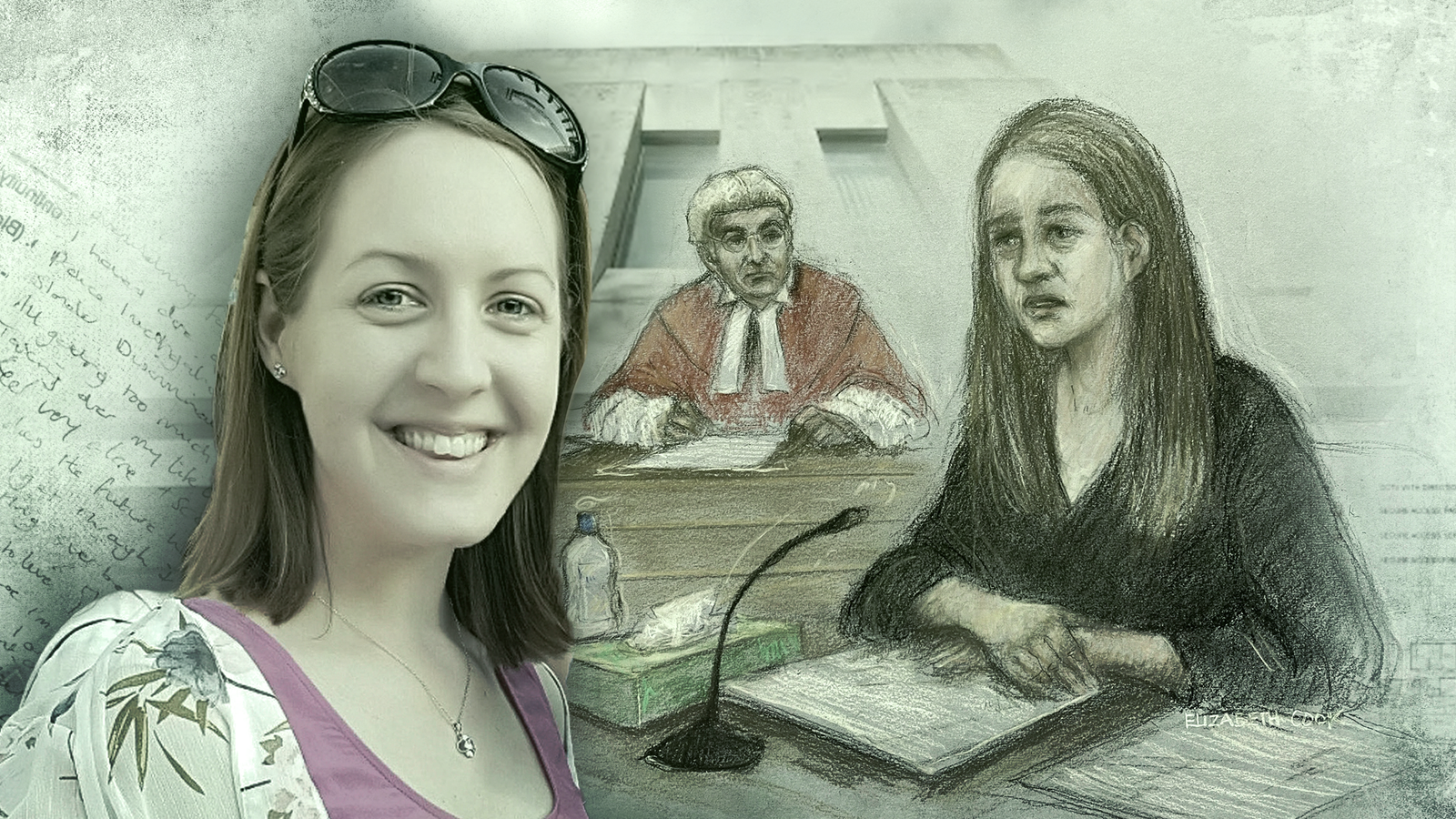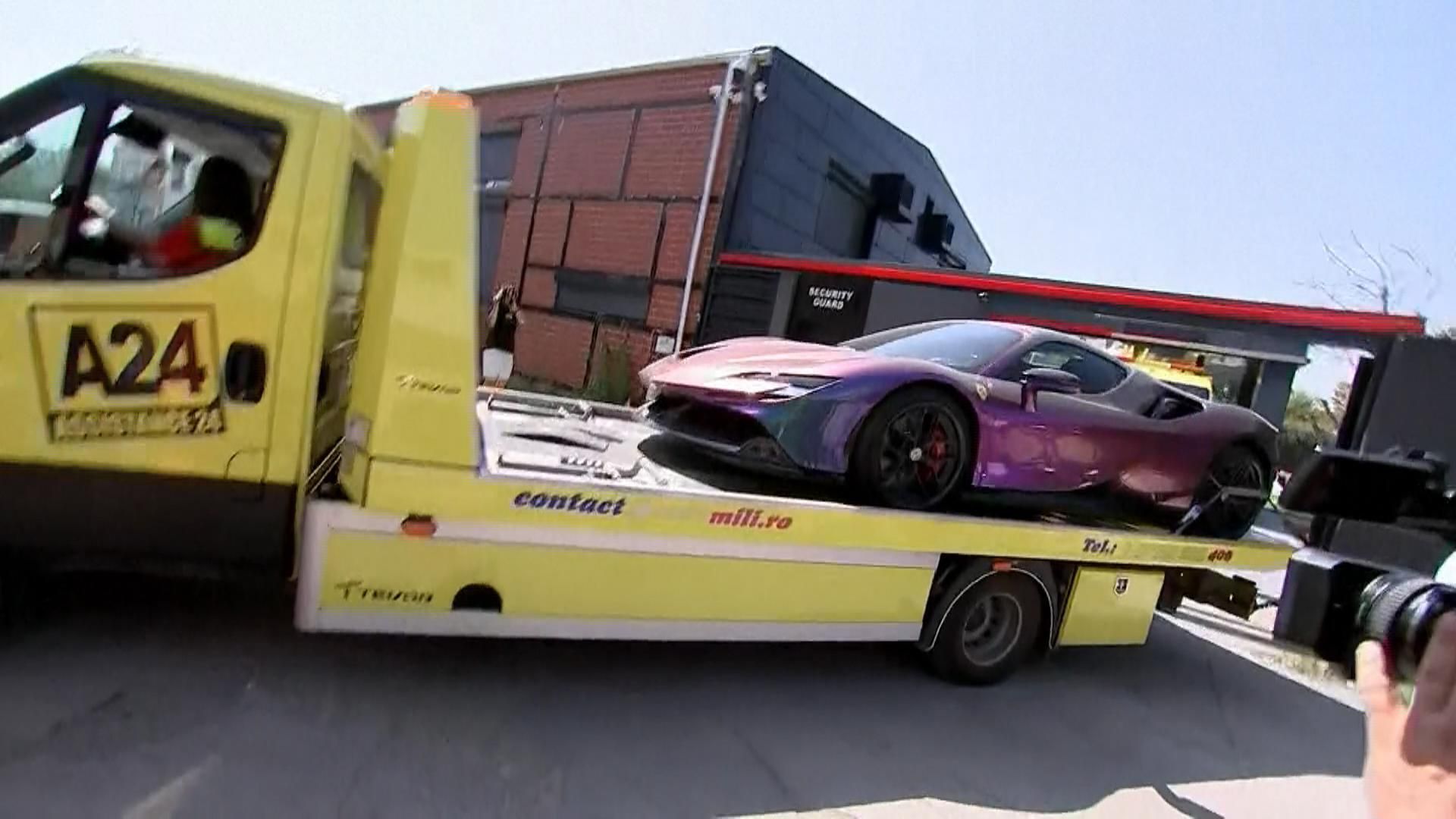For 10 months, the nondescript courtroom has been home to endless discussion, accusations and speculation, as lawyers sought to answer why seven young babies had suddenly collapsed and died in the place they should have been safest.
But in the moments before nurse Lucy Letby was found guilty of their murders, there was only a thick silence in courtroom seven.
For the jury of 11 – seven women and four men – the weight on their shoulders was enormous. But after deliberating for more than 100 hours, the foreman quietly and steadily delivered its rulings.
For her victims’ parents, it has been an agonising and unimaginable wait. Many have stood at the court every day during jurors’ deliberations, waiting to learn if their children – who by now would have been approaching their final years of primary school – were among those targeted by Letby.
They have sat through graphic descriptions of their babies’ final moments, as the prosecution tried to prove Letby poisoned them, pumped them with excessive gas or milk, or violently assaulted them.
One of her victims, Child C, was found with an unexplained amount of air in his gut.
As Letby was found guilty of the baby boy’s murder, his mother sobbed and was comforted by those around her. His father stayed still, staring straight ahead.
Another parent clutched a stuffed rabbit to her face as she tried to hold back tears.
How the verdicts unfolded
Letby was found guilty of seven murders and the attempted murder of six others at the Countess of Chester hospital’s neonatal unit between June 2015 and June 2016.
She was also found not guilty of two charges of attempted murder.
Sky News is one of just five news organisations that have been given a seat inside the trial, with the rest of the world’s media required to watch from the magistrates’ court across the road via a televised link.
All of the children and their parents have been granted anonymity, although their names were read out in the courtroom during the nine-month trial.
Strict reporting restrictions were put in place, which meant the media could not publish any of the verdicts until the jury had found on all counts.
First, after 76 hours of discussions, the jury unanimously found her guilty of the attempted murders of Children F and L.
They agreed with the prosecution that Letby had poisoned their IV drip bags with insulin on separate occasions, eight months apart.
Seated in the glass-fronted dock, Letby is now a shadow of the smiling, ordinary-looking woman pictured in media reports. She was in her mid-20s when she attacked her victims. She is now 33 and spent almost three years behind bars awaiting this trial.
Her once shiny blonde hair hung long and limp around her face, which is now gaunt and angular. Flanked by guards, as the first verdicts were read out, she bowed her head and wiped away tears.
Her mother, Susan, sobbed as her daughter was taken back to the custody area.
After the first two verdicts, the jury was ordered by the judge, Mr Justice Goss, to try to reach a majority decision on all other counts.
Three days later, the jury returned again and this time, quiet gasps accompanied each guilty verdict in the courtroom.
Letby was found guilty of murdering four of the infants and attempting to murder two more.
She remained emotionless, but as she stood to be taken back down to the cells her shoulders began to shake.
Susan broke down again – whispering “you can’t be serious, this can’t be right” into her husband’s arms – before howling as her only child was led out of court.
Letby refused to come up from cells
A third set of verdicts came after the jury had been discussing the case for 99 hours and 38 minutes.
But this time, the dock was empty as Letby refused to leave the cells. In her absence, she was found guilty of a further three murders and three more attempts. With this, she surpassed Beverley Allitt and became the UK’s most prolific child murderer.
She was also found not guilty of one of the attacks on Child G, a baby girl.
One mother put her head in her hands and sobbed silently as Letby was found guilty of her child’s murder. Another gasped and then cheered quietly. Their relief was visible – like 15 people had just let go of one collective breath.
This time, John and Susan Letby were silent, resigned, and leant on each other with their eyes closed.
The final verdicts
Five hours of deliberation later, Letby was cleared of another attempted murder, again in her absence, and made it clear, via her defence barrister, she would not be returning to the courtroom under any circumstances – including for sentencing.
On the other six counts, the jury could not reach a decision.
The following day, family members who had already received a verdict for their child returned to court, in a show of solidarity for those who had not.
The father of one child stormed out of the room, and several members of the jury cried, while others put their heads in their hands and looked down.
The jury was discharged from its service and sentencing was scheduled for Monday morning at 10am.
Both Letby and her parents were absent from court.
The trial
The high-profile case against Letby contrasted with the unremarkable surroundings of courtroom seven at Manchester Crown Court, where the trial sat over for almost a year.
Unlike in the movies, there was no grand wooden interior – instead a small and fairly clinical space where defence barrister Ben Myers KC and Nick Johnson KC, for the prosecution, pored over medical notes, texts, photos and other evidence to make their arguments.
For most of the trial, Letby sat in a dock in front of prison guards, watching as her former friends gave evidence against her, her WhatsApp messages were read out, her Facebook searches revealed and the details of her horrendous crimes made public.
To the right of the dock sat the public gallery which was always filled with the parents of the victims, often teary-eyed but always stoic in their dedication to find out what had happened to their children.
Letby’s parents were positioned in the gallery opposite, frequently making eye contact with their daughter as she was led from the room at the end of each day.
When she was called to give evidence in May, some seven months after the trial started, Letby sat at a small table with two guards on either side of her.
She mostly answered questions calmly but became emotional when photographs of her bedroom after a police search were shown to the court. She spoke quietly and was repeatedly told to raise her voice.
As she was cross-examined she repeatedly contradicted herself, muddling her story, and grew frustrated with the prosecution’s questions. She was accused of only crying for herself – something she denied.
Be the first to get Breaking News
Install the Sky News app for free
Justice at last for families changed forever
Letby’s fate rested in the hands of 12 ordinary men and women. Partway through deliberations, one had to be discharged for “good personal reasons”, reducing the number to 11.
For 10 months they have listened closely to everything that has been said, studiously making notes, the importance of this job not lost on any of them.
During one set of verdicts, a female member of the jury put her head down and cried, while her fellow jurors looked down at their desks.
No motive has ever been established, and perhaps it will never be known why the “evil” nurse chose to target defenceless infants.
Families have been changed forever, and may never truly be able to come to terms with the loss of lives that had only just begun.
And now, Letby could likely face a record-breaking sentence.
For her victims’ families, her imprisonment may finally bring some small justice that has been eight years in the making.





